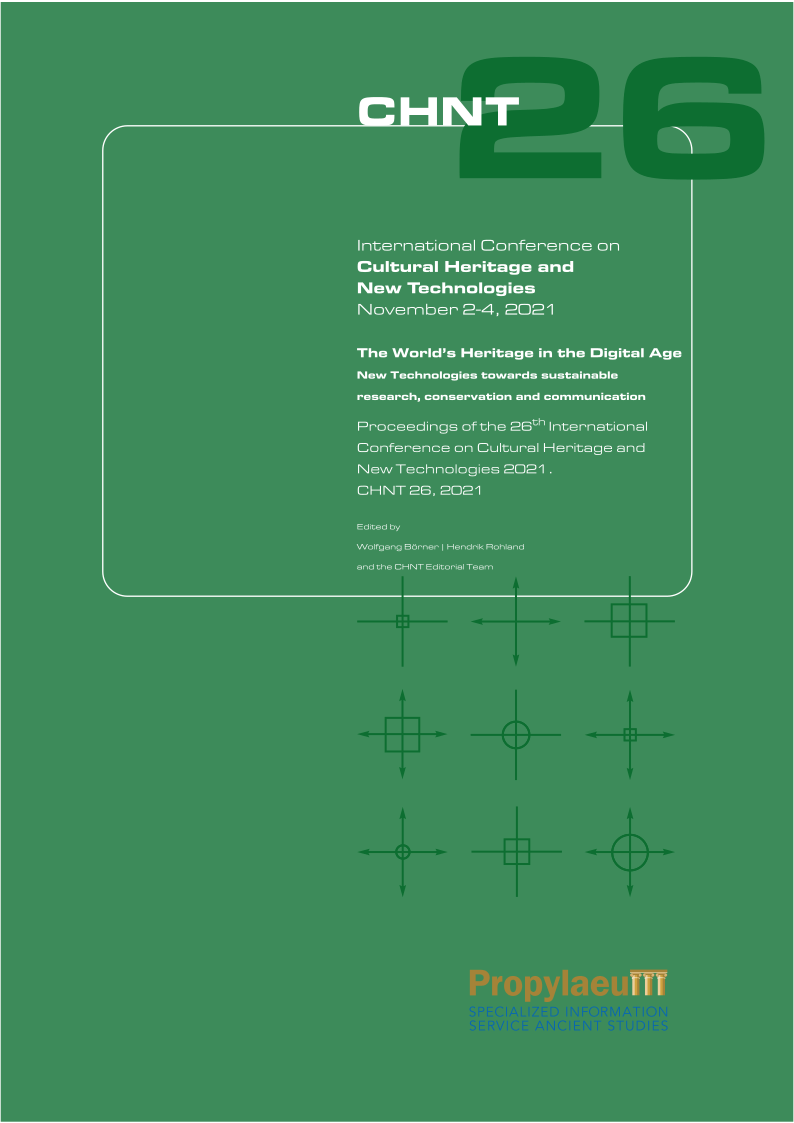Advances in archaeological prospection
The geoarchaeological shift
Keywords:
Geoarchaeology, Archaeological evaluation, Mesolithic, Development, ProspectionAbstract
This paper outlines the application of a geoarchaeological ‘landform element’ technical approach to the evaluation of large land parcels in advance of infrastructure development. This approach grew out of more traditional geoarchaeological applications, but has been modified directly to address the needs of large-scale construction and development projects where improved understanding of archaeological/palaeoenvironmental potential and significance is required due to the huge of scale of works being undertaken, often within a restricted timescale. The application of this approach using a real-world case study from Killerby Quarry is documented. This project delivered stunning archaeological preservation of Late Glacial – Early Holocene archaeological and paleoenvironmental remains that were able to be appropriately excavated and analysed. The pre-determination evaluation works for this 200 ha site were able to be undertaken at between 25-50% of the typical cost of evaluation works for a project of this size and complexity. This meant that resources could be subsequently better targeted at the mitigation phase to maximise knowledge gain, and ultimately, public benefit.
References
Carey, C., Howard, A.J., Jackson, R. and Brown, A. (2017). Using geoarchaeological deposit modelling as a framework for archaeological evaluation and mitigation in alluvial environments. Journal of Archaeological Science: Reports 11: 658-673.
Howard, A.J., Macklin, M.G., (1999). A generic geomorphological approach to archaeological interpretation and prospection in British river valleys: a guide for archaeologists investigating Holocene landscapes. Antiquity 73 (281): 527–541.
Howard, A.J., Brown, A.G., Carey, C.J., Challis, K., Cooper, L., Kincey, M., Toms, P. (2008). Archaeological resource mod-elling in temperate river valleys: a case study from the Trent Valley. UK Antiquity 82 (318): 1040–1054.
Jackson, R., Brown, A.G., Carey, C., Howard, A.J., Mann, A., Roberts, A.J., Sworn, S., Toms, P.S. (2013). Delivering the benefits of aggregates levy sustainability funded led research on river valley archaeological sites in the Severn-Wye catch-ment, UK. The Historic Environment. Policy and Practice 3 (2): 97–115
Mueller, J.W. (1975). Archaeological research as cluster sampling. In Mueller, J.W. (ed.) Sampling in Archaeology. Tuscon, University of Arizona Press: 33-41.
Passmore, D.G. and Waddington, C. (2009). Managing Archaeological Landscapes. Till-Tweed Studies Volume 1. Oxford, Oxbow Books and English Heritage.
Passmore, D.G. and C. Waddington. (2012). Archaeology and Environment in Northumberland. Till-Tweed Studies Volume 2. Oxford, Oxbow Books and English Heritage.
Renfrew, C. (1976). Archaeology and the earth sciences. In Davidson, D.A. and Shackley, M.L. (eds.) Geoarchaeology: Earth Science and the Past. London, Duckworth: 1-5.
Downloads
Published
Conference Proceedings Volume
Section
License
Copyright (c) 2025 Clive Waddington, David Passmore

This work is licensed under a Creative Commons Attribution-ShareAlike 4.0 International License.
The CHNT older Proceedings are licensed under the creative commons license CC BY-NC-ND 3.0.
From the issue 26 on, they will be licensed under the creative commons license CC-BY-SA 4.0


